|
Common Public Radio Interface
The Common Public Radio Interface (CPRI) standard defines an interface between Radio Equipment Control (REC) and Radio Equipment (RE). Oftentimes, CPRI links are used to carry data between cell sites and base stations. The purpose of CPRI is to allow replacement of a copper or coax cable connection between a radio transceiver (used example for mobile-telephone communication and typically located in a tower) and a base station (typically located at the ground nearby), so the connection can be made to a remote and more convenient location. This connection (often referred to as the Fronthaul network) can be a fiber to an installation where multiple remote base stations may be served. This fiber supports both single and multi mode communication. The fiber end is connected with the transceiver device called Small form-factor pluggable transceiver. The companies working to define the specification include Ericsson AB, Huawei Technologies Co. Ltd, NEC Corporation and Nokia. See also ... [...More Info...] [...Related Items...] OR: [Wikipedia] [Google] [Baidu] |
Cell Sites
A cell site, cell tower, or cellular base station is a cellular-enabled mobile device site where antennas and electronic communications equipment are placed (typically on a radio mast, tower, or other raised structure) to create a cell, or adjacent cells, in a cellular network. The raised structure typically supports antenna and one or more sets of transmitter/receivers transceivers, digital signal processors, control electronics, a GPS receiver for timing (for CDMA2000/ IS-95 or GSM systems), primary and backup electrical power sources, and sheltering. Multiple cellular providers often save money by mounting their antennas on a common shared mast; since separate systems use different frequencies, antennas can be located close together without interfering with each other. Some provider companies operate multiple cellular networks and similarly use colocated base stations for two or more cellular networks, (CDMA2000 or GSM, for example). Some cities require that cell sites ... [...More Info...] [...Related Items...] OR: [Wikipedia] [Google] [Baidu] |
Base Transceiver Station
A base transceiver station (BTS) is a piece of equipment that facilitates wireless communication between user equipment (UE) and a network. UEs are devices like mobile phones (handsets), WLL phones, computers with wireless Internet connectivity, or antennas mounted on buildings or telecommunication towers. The network can be that of any of the wireless communication technologies like GSM, CDMA, wireless local loop, Wi-Fi, WiMAX or other wide area network (WAN) technology. BTS is also referred to as the '' node B'' (in 3G networks) or, simply, the ''base station'' (BS). For discussion of the LTE standard the abbreviation '' eNB'' for evolved node B is widely used, and GNodeB for 5G. Though the term BTS can be applicable to any of the wireless communication standards, it is generally associated with mobile communication technologies like GSM and CDMA. In this regard, a BTS forms part of the base station subsystem (BSS) developments for system management. It may also have ... [...More Info...] [...Related Items...] OR: [Wikipedia] [Google] [Baidu] |
Copper Wire And Cable
Copper has been used in electrical wiring since the invention of the electromagnet and the telegraph in the 1820s. The invention of the telephone in 1876 created further demand for copper wire as an electrical conductor. Copper is the electrical conductor in many categories of electrical wiring.Pops, Horace, 2008, Processing of wire from antiquity to the future, Wire Journal International, June, pp 58-66 Copper wire is used in power generation, power transmission, power distribution, telecommunications, electronics circuitry, and countless types of electrical equipment. Copper and its alloys are also used to make electrical contacts. Electrical wiring in buildings is the most important market for the copper industry. Roughly half of all copper mined is used to manufacture electrical wire and cable conductors. Properties of copper Electrical conductivity Electrical conductivity is a measure of how well a material transports an electric charge. This is an essential propert ... [...More Info...] [...Related Items...] OR: [Wikipedia] [Google] [Baidu] |
Coax Cable
Coaxial cable, or coax (pronounced ) is a type of electrical cable consisting of an inner conductor surrounded by a concentric conducting shield, with the two separated by a dielectric ( insulating material); many coaxial cables also have a protective outer sheath or jacket. The term '' coaxial'' refers to the inner conductor and the outer shield sharing a geometric axis. Coaxial cable is a type of transmission line, used to carry high-frequency electrical signals with low losses. It is used in such applications as telephone trunk lines, broadband internet networking cables, high-speed computer data busses, cable television signals, and connecting radio transmitters and receivers to their antennas. It differs from other shielded cables because the dimensions of the cable and connectors are controlled to give a precise, constant conductor spacing, which is needed for it to function efficiently as a transmission line. Coaxial cable was used in the first (1858) and followin ... [...More Info...] [...Related Items...] OR: [Wikipedia] [Google] [Baidu] |
Radio Transceiver
In radio communication, a transceiver is an electronic device which is a combination of a radio ''trans''mitter and a re''ceiver'', hence the name. It can both transmit and receive radio waves using an antenna, for communication purposes. These two related functions are often combined in a single device to reduce manufacturing costs. The term is also used for other devices which can both transmit and receive through a communications channel, such as ''optical transceivers'' which transmit and receive light in optical fiber systems, and ''bus transceivers'' which transmit and receive digital data in computer data buses. Radio transceivers are widely used in wireless devices. One large use is in two-way radios, which are audio transceivers used for bidirectional person-to-person voice communication. Examples are cell phones, which transmit and receive the two sides of a phone conversation using radio waves to a cell tower, cordless phones in which both the phone handset and ... [...More Info...] [...Related Items...] OR: [Wikipedia] [Google] [Baidu] |
Fronthaul
The fronthaul portion of a C-RAN ( Cloud Radio Access Network) telecommunications architecture comprises the intermediate links between the centralized radio controllers and the radio heads (or masts) at the "edge" of a cellular network. In recent years fronthaul is becoming more essential as 5G becomes more mainstream. In general it is coincident with the backhaul network, but subtly different. Technically in a C-RAN the backhaul data is only decoded from the fronthaul network at the centralised controllers, from where it is then transferred to the core network. It comprises dedicated fibers carrying data in the CPRI or OBSAI format. This fiber network is either owned or leased by the mobile network operator. In the UK for example BT Openworld owns a majority of the fiber network to radio masts. There are proposals to modify Ethernet to make it more suitable for the Fronthaul network.http://www.ieee1904.org/3/meeting_archive/2015/02/tf3_1502_ashwood_1a.pdf Recently, a n ... [...More Info...] [...Related Items...] OR: [Wikipedia] [Google] [Baidu] |
Fiber-optic Communication
Fiber-optic communication is a method of transmitting information from one place to another by sending pulses of infrared light through an optical fiber. The light is a form of carrier wave that is modulated to carry information. Fiber is preferred over electrical cabling when high bandwidth, long distance, or immunity to electromagnetic interference is required. This type of communication can transmit voice, video, and telemetry through local area networks or across long distances. Optical fiber is used by many telecommunications companies to transmit telephone signals, internet communication, and cable television signals. Researchers at Bell Labs have reached a record bandwidth–distance product of over kilometers per second using fiber-optic communication. Background First developed in the 1970s, fiber-optics have revolutionized the telecommunications industry and have played a major role in the advent of the Information Age. Because of its advantages over electr ... [...More Info...] [...Related Items...] OR: [Wikipedia] [Google] [Baidu] |
Small Form-factor Pluggable Transceiver
Small Form-factor Pluggable connected to a pair of fiber-optic cables Small Form-factor Pluggable (SFP) is a compact, hot-pluggable network interface module format used for both telecommunication and data communications applications. An SFP interface on networking hardware is a modular slot for a media-specific transceiver, such as for a fiber-optic cable or a copper cable. The advantage of using SFPs compared to fixed interfaces (e.g. modular connectors in Ethernet switches) is that individual ports can be equipped with different types of transceiver as required. The form factor and electrical interface are specified by a multi-source agreement (MSA) under the auspices of the Small Form Factor Committee. The SFP replaced the larger gigabit interface converter (GBIC) in most applications, and has been referred to as a Mini-GBIC by some vendors. SFP transceivers exist supporting synchronous optical networking (SONET), Gigabit Ethernet, Fibre Channel, PON, and other c ... [...More Info...] [...Related Items...] OR: [Wikipedia] [Google] [Baidu] |
Ericsson
(lit. "Telephone Stock Company of LM Ericsson"), commonly known as Ericsson, is a Sweden, Swedish multinational networking and telecommunications company headquartered in Stockholm. The company sells infrastructure, software, and services in information and communications technology for telecommunications service providers and enterprises, including, among others, 3G, 4G, and 5G equipment, and Internet Protocol (IP) and optical transport systems. The company employs around 100,000 people and operates in more than 180 countries. Ericsson has over 57,000 granted patents. Ericsson has been a major contributor to the development of the telecommunications industry and is one of the leaders in 5G. The company was founded in 1876 by Lars Magnus Ericsson and is jointly controlled by the Wallenberg family through its holding company Investor AB, and the universal bank Handelsbanken through its investment company Industrivärden. The Wallenbergs and the Handelsbanken sphere acquired th ... [...More Info...] [...Related Items...] OR: [Wikipedia] [Google] [Baidu] |
Huawei
Huawei Technologies Co., Ltd. ( ; ) is a Chinese multinational technology corporation headquartered in Shenzhen, Guangdong, China. It designs, develops, produces and sells telecommunications equipment, consumer electronics and various smart devices. The corporation was founded in 1987 by Ren Zhengfei, a former officer in the People's Liberation Army (PLA). Initially focused on manufacturing phone switches, Huawei has expanded its business to include building telecommunications networks, providing operational and consulting services and equipment to enterprises inside and outside of China, and manufacturing communications devices for the consumer market. Huawei has deployed its products and services in more than 170 countries and areas. It overtook Ericsson in 2012 as the largest telecommunications equipment manufacturer in the world, and overtook Apple in 2018 as the second-largest manufacturer of smartphones in the world, behind Samsung Electronics. In 2018, Huawei repor ... [...More Info...] [...Related Items...] OR: [Wikipedia] [Google] [Baidu] |
Nokia
Nokia Corporation (natively Nokia Oyj, referred to as Nokia) is a Finnish multinational telecommunications, information technology, and consumer electronics corporation, established in 1865. Nokia's main headquarters are in Espoo, Finland, in the greater Helsinki metropolitan area, but the company's actual roots are in the Tampere region of Pirkanmaa.HS: Nokian juuret ovat Tammerkosken rannalla (in Finnish) In 2020, Nokia employed approximately 92,000 people across over 100 countries, did business in more than 130 countries, and reported annual revenues of around €23 billion. Nokia is a public limited company listed on the [...More Info...] [...Related Items...] OR: [Wikipedia] [Google] [Baidu] |
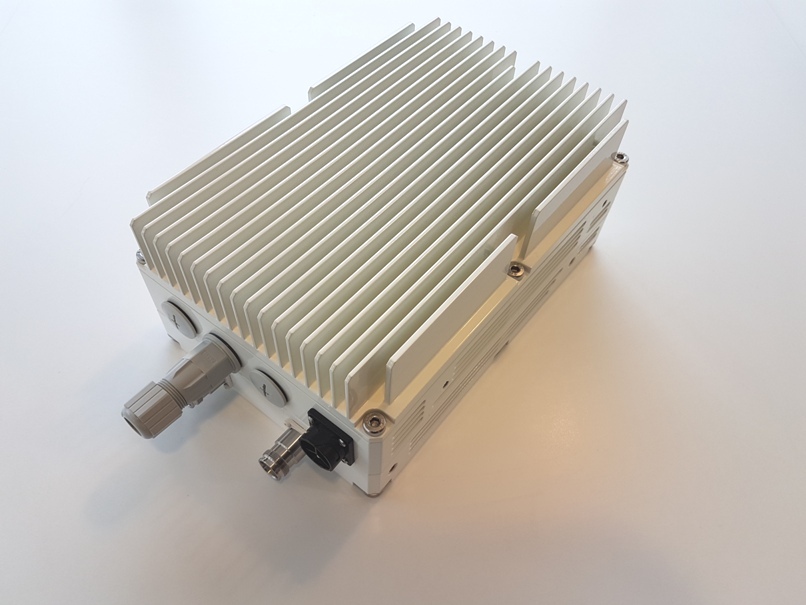


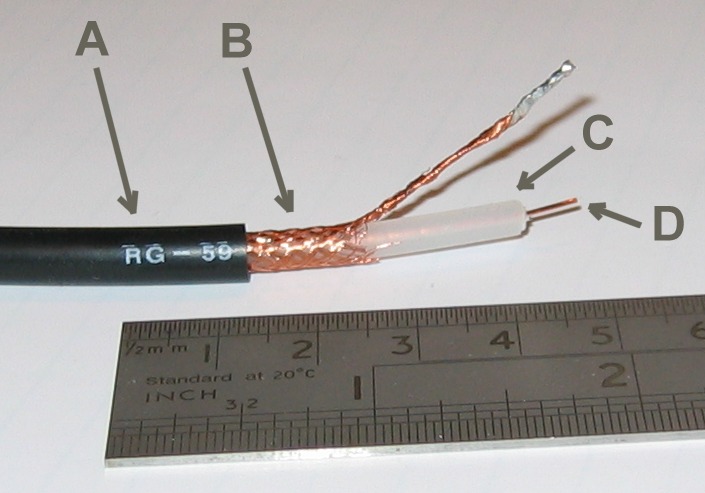
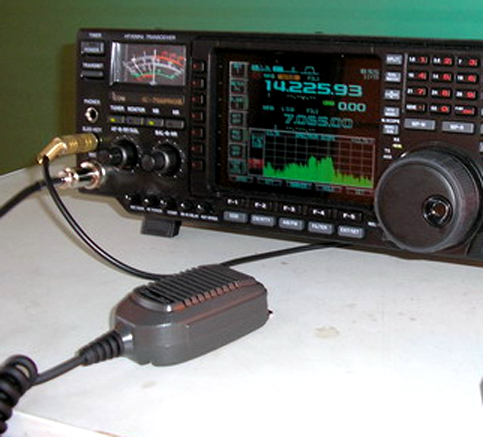

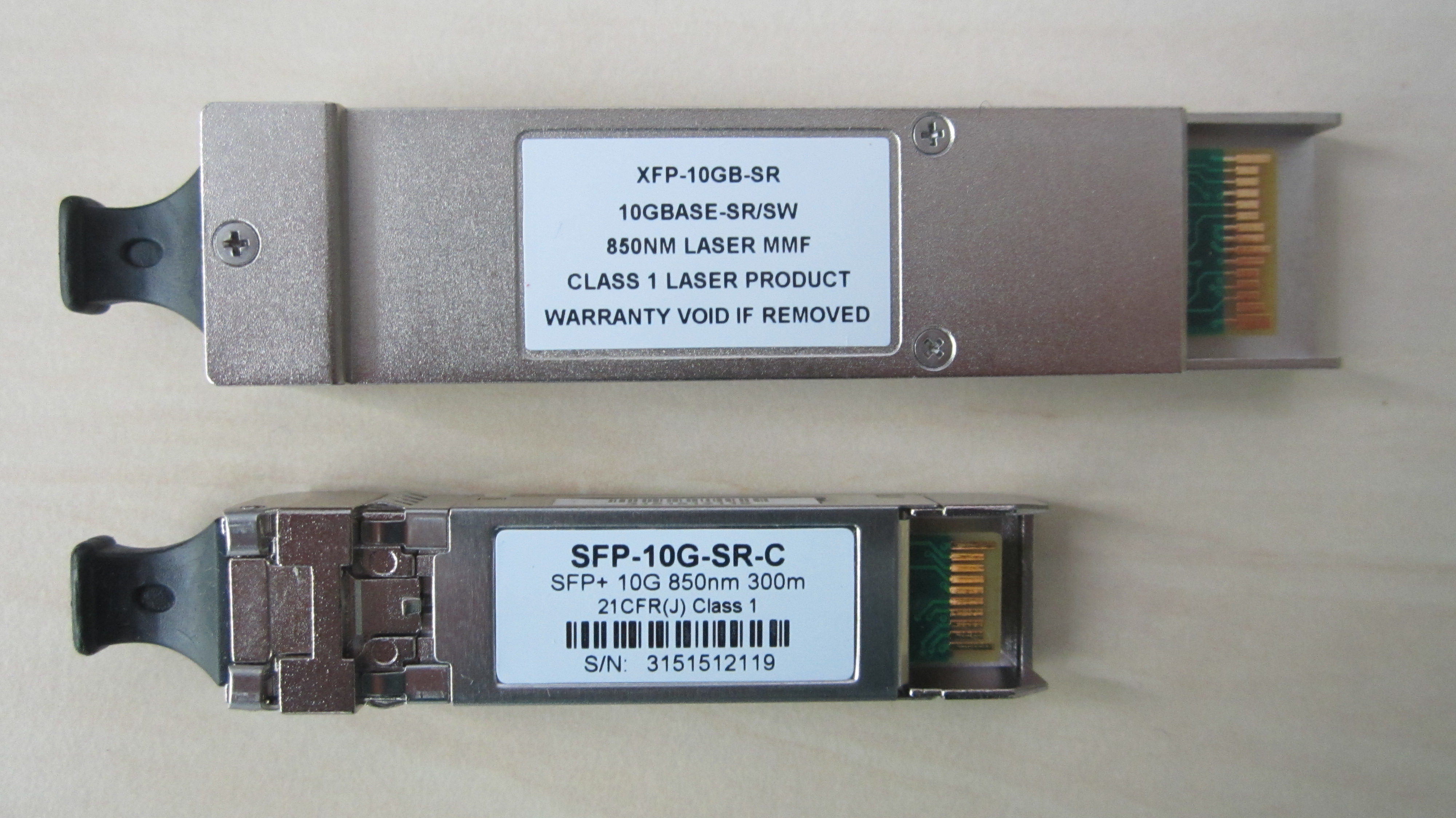
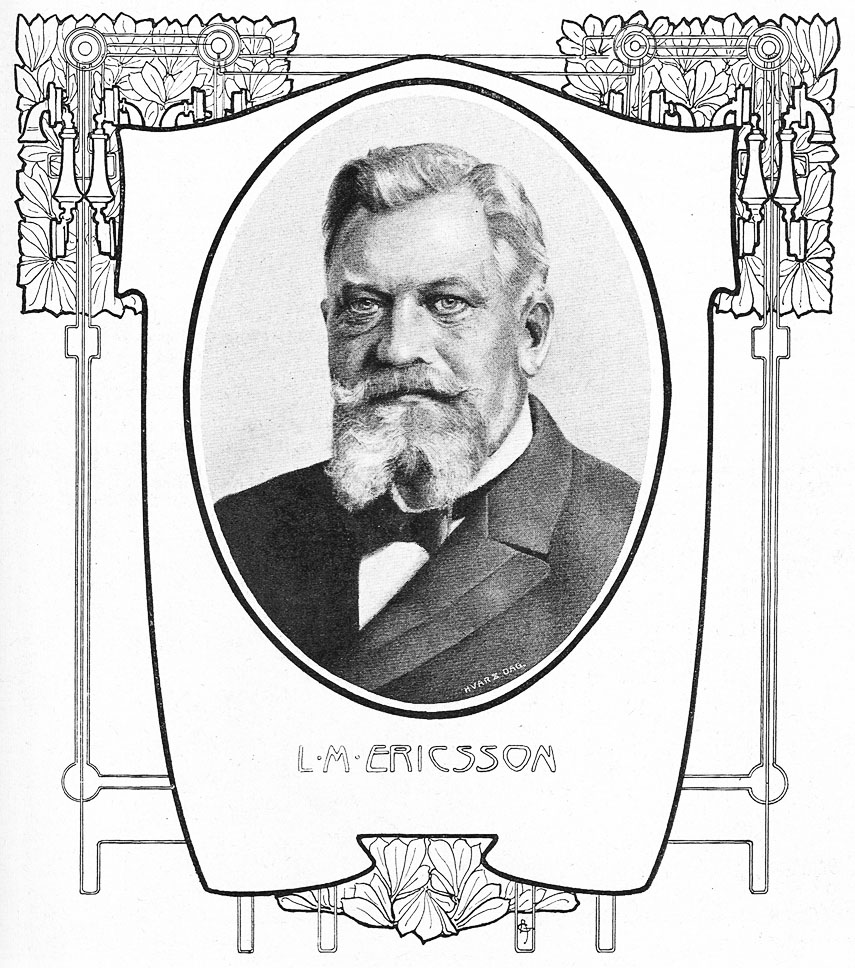
.jpg)